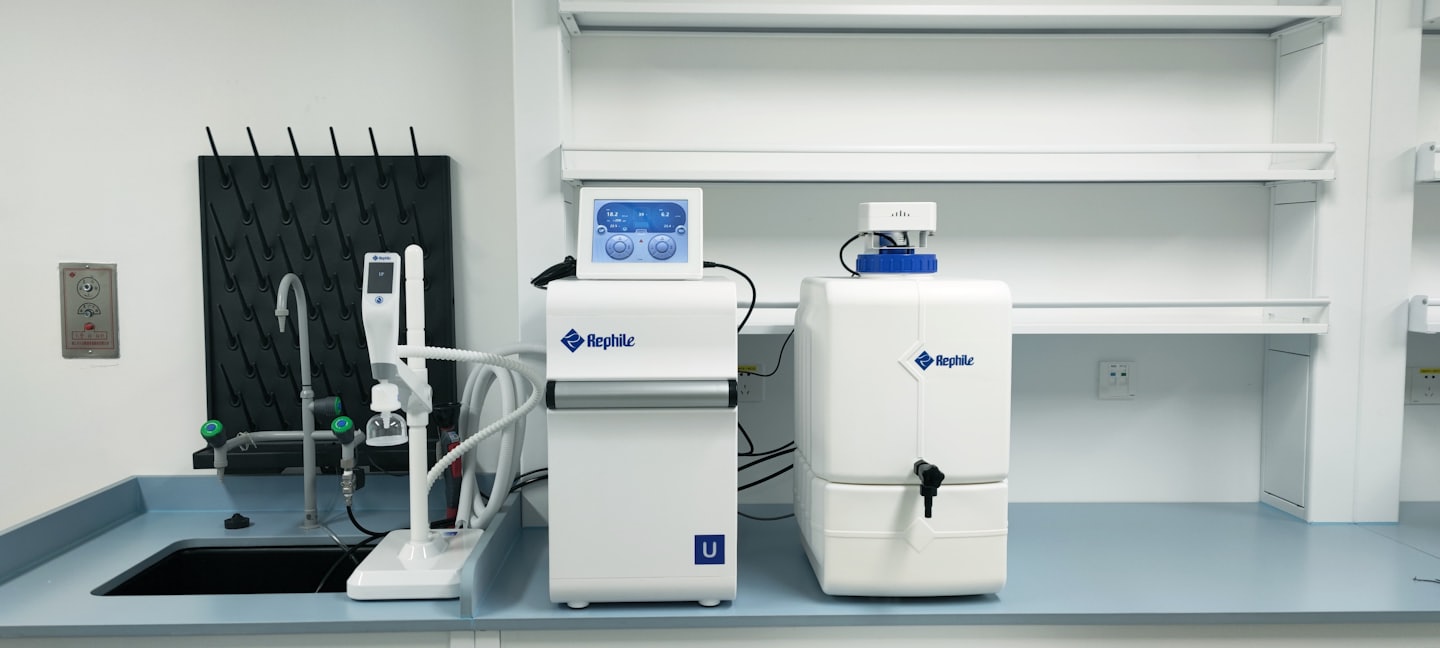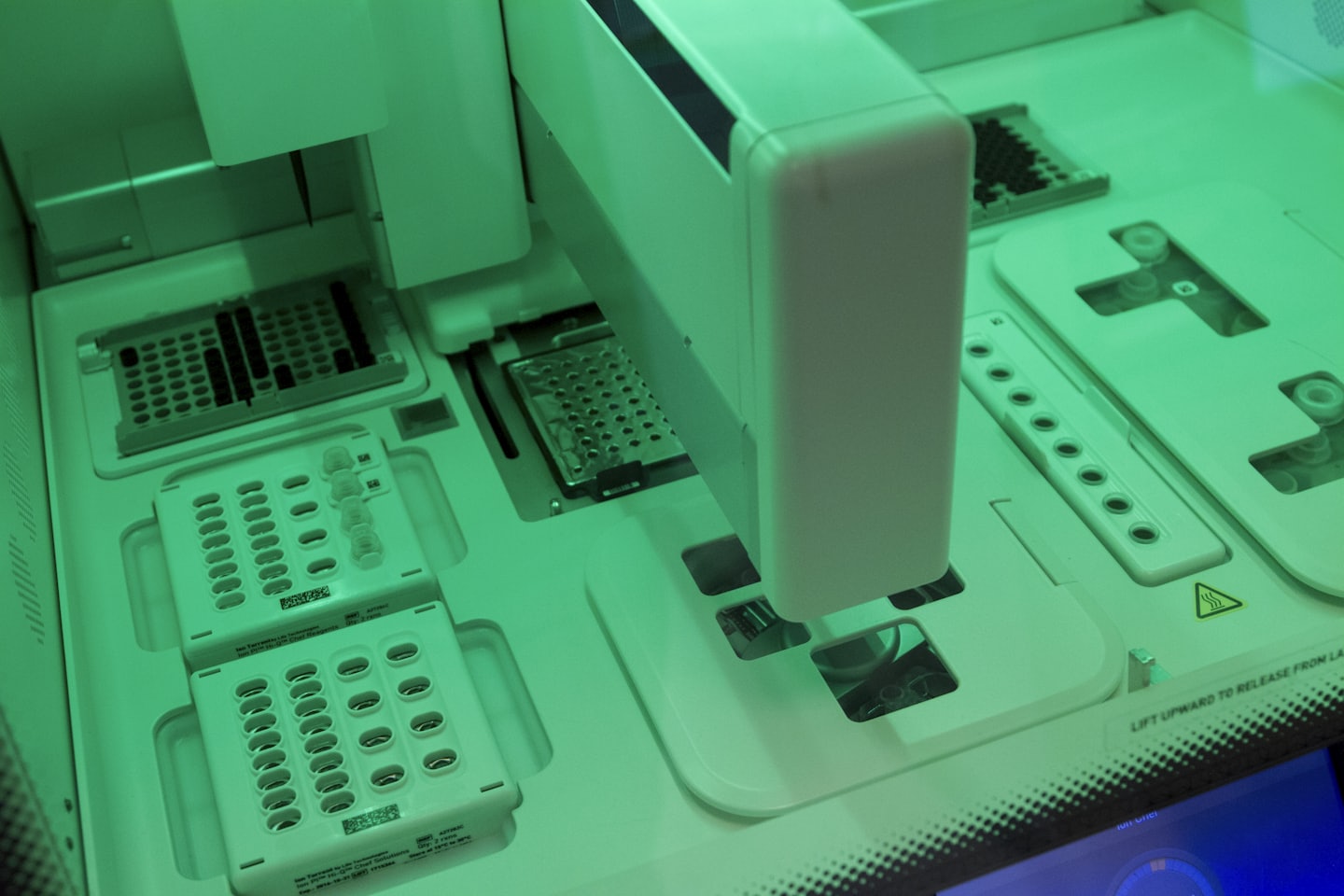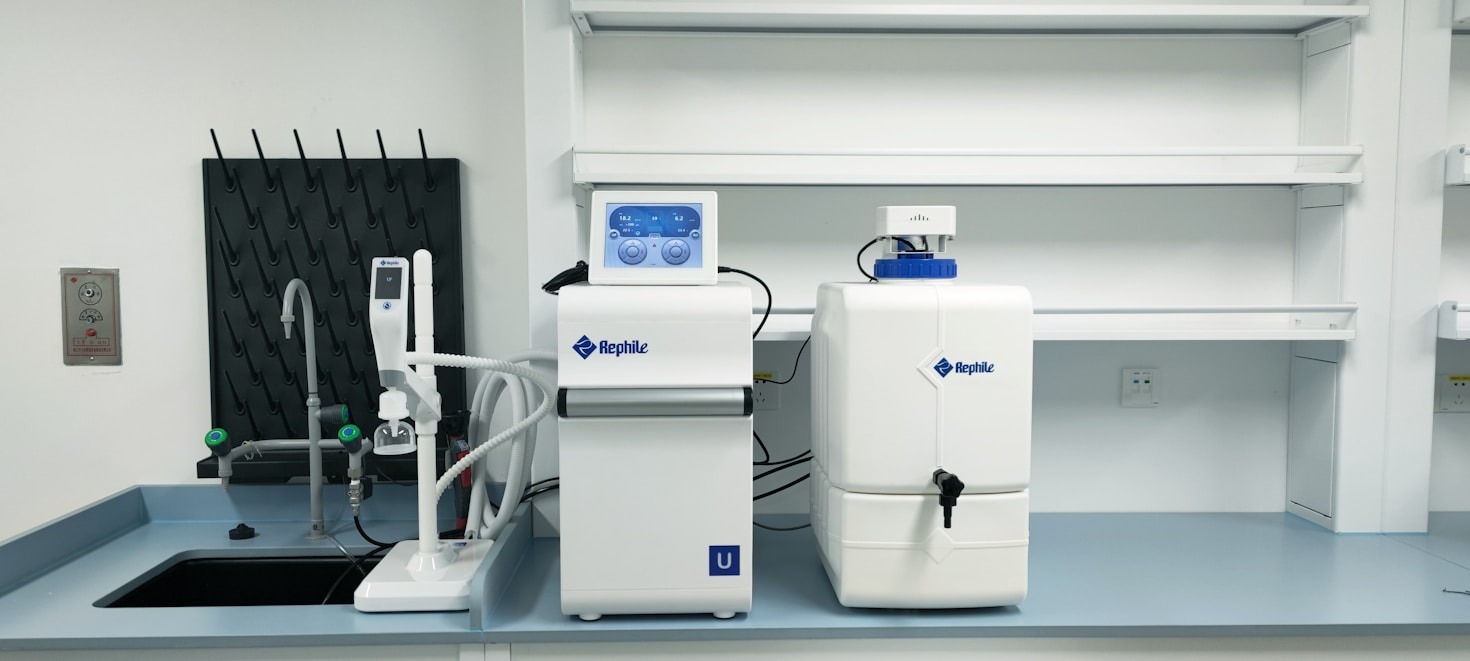How 3D Bioprinting Is Transforming Medicine
From Printed Tissues to Organ Regeneration: The Dawn of a Biofabricated Future
🧬 Introduction: Printing the Building Blocks of Life
A new revolution is underway — one that merges biology with engineering, and medicine with manufacturing.
It’s called 3D bioprinting, and it’s rapidly transforming how we understand healing, organ transplantation, and regenerative science.
At its core, bioprinting uses the principles of additive manufacturing — layer-by-layer printing — but instead of plastics or metals, the “ink” is living cells. These cell-based materials, called bioinks, are deposited using precise computer-guided printers to build living tissues, blood vessels, and even entire organ structures.
This convergence of biotechnology, robotics, and digital design is opening a new chapter in medicine: one where organs are printed on demand, drugs are tested on human tissue models, and personalized healing becomes the norm.
“We’re entering a world where hospitals will have biofabrication labs — printing tissue the way pharmacies fill prescriptions.”
— Dr. Nina Tandon, CEO of EpiBone
⚙️ What Is 3D Bioprinting?
3D bioprinting is a form of additive manufacturing that uses biological materials — including cells, hydrogels, and growth factors — to construct functional tissue structures.
The Three Core Stages:
-
Pre-Bioprinting (Design Phase):
-
Scanning or modeling the target tissue/organ using MRI or CAD data.
-
Preparing the bioink — a mix of living cells and supportive biomaterials.
-
-
Bioprinting (Fabrication Phase):
-
Using a computer-controlled printer to deposit layers of bioink in precise patterns that replicate natural tissue structures.
-
-
Post-Bioprinting (Maturation Phase):
-
Cultivating the printed construct in a bioreactor, where cells grow, differentiate, and form functional tissue.
-
Each step combines biology, engineering, and computer science — representing a living intersection of life and technology.
🧫 Bioinks: The Heart of Bioprinting
At the center of this revolution is the bioink — a gel-like substance that contains living cells and mimics the natural extracellular matrix.
Key Components:
-
Cells: Stem cells, fibroblasts, chondrocytes, or patient-derived cells.
-
Hydrogels: Supportive materials like alginate, collagen, gelatin, and hyaluronic acid.
-
Growth Factors: Chemical cues that guide cell differentiation and tissue development.
The perfect bioink must be biocompatible, mechanically stable, and printable — strong enough to hold shape, yet gentle enough to sustain living cells.
Recent advances in AI-driven bioink design are allowing scientists to predict ideal compositions for different tissues — accelerating the journey toward viable organ fabrication.
🧠 Major Applications of Bioprinting in Medicine
Bioprinting is no longer science fiction — it’s reshaping medicine across multiple fronts.
1. Regenerative Tissue Engineering
Bioprinting enables scientists to create living tissues that can replace or repair damaged organs.
-
Skin grafts: Printed layers of dermal and epidermal cells for burn victims.
-
Cartilage and bone repair: Custom-printed implants that integrate with the body.
-
Vascularized tissues: Blood vessel networks for improved oxygen and nutrient flow.
Wake Forest Institute for Regenerative Medicine has successfully printed ear and jawbone structures that integrate with living tissue once implanted.
2. Organ Models for Drug Testing
Instead of testing new drugs on animals or humans, researchers can use bioprinted tissue models that closely mimic real human organs.
-
Liver and kidney models are already used to assess toxicity and metabolism.
-
Cardiac tissue models allow pharmaceutical companies to evaluate the effects of new drugs on heart function.
This approach drastically reduces ethical concerns, shortens development cycles, and increases accuracy in predicting human responses.
3. Personalized Medicine
With patient-derived cells and 3D imaging, doctors can print tissue patches that are genetically identical to the recipient.
-
No rejection: Since the tissue originates from the patient, immune rejection is eliminated.
-
Custom fit: Bioprinted structures match a patient’s exact anatomy.
Imagine a future where a patient with heart failure receives a printed heart patch made from their own cells — no waiting lists, no immune suppression.
4. Organ Transplantation (The Ultimate Goal)
More than 100,000 people are on organ transplant waiting lists in the U.S. alone — and many never receive one.
Bioprinting offers a radical alternative: printing organs instead of sourcing them.
Though fully functional organs like hearts or kidneys are still years away, mini-organs (“organoids”) are already being used to test treatments and understand diseases such as Alzheimer’s, diabetes, and cancer.
“The ability to print a functioning organ would eliminate the organ shortage crisis entirely.”
— Dr. Anthony Atala, Wake Forest Institute for Regenerative Medicine
5. Bioprinted Implants and Prosthetics
Hybrid approaches combine traditional 3D printing with living tissue to create biohybrid implants — prosthetics that fuse with the body.
For example, researchers are developing bioprinted corneal implants for restoring vision and tissue-integrated dental scaffolds for natural regeneration.


🧬 Bioprinting Meets AI and Blockchain
The next evolution of bioprinting lies at the intersection of artificial intelligence and blockchain.
-
AI optimizes design precision, predicts cell behavior, and tailors print parameters in real-time.
-
Blockchain ensures traceability of biological data, ethical sourcing of cells, and transparent IP management for bioprinting designs.
-
3D Printing Coin ($3DP) can be used to fund tokenized R&D, track bioink provenance, and reward researchers through decentralized science (DeSci) platforms.
This convergence ensures that as bioprinting scales, it remains ethical, transparent, and globally collaborative.
💡 Breakthroughs Driving the Industry Forward
| Innovation | Impact |
|---|---|
| Organovo’s bioprinted liver tissues | Used for pharmaceutical testing and drug discovery. |
| CELLINK’s bioinks and bioprinters | Empower labs worldwide with accessible bioprinting hardware. |
| 3D Systems Healthcare’s regenerative materials | Bridging engineering and biology for FDA-approved implants. |
| AI-driven scaffold design (ETH Zurich) | Enhances tissue strength and cell alignment precision. |
| Hybrid printing for vascularization (Harvard Wyss Institute) | Solves one of the biggest barriers: printing functional blood vessels. |
Each milestone moves us closer to a future where custom organs can be manufactured like precision parts.
🌱 Ethical and Regulatory Frontiers
As with any life-altering technology, bioprinting raises profound ethical questions:
-
Should printed organs be patentable?
-
How do we ensure safety and accountability?
-
Could black-market organ printing become a concern?
Regulatory bodies like the FDA, EMA, and ISO are working to establish standards for bioprinted medical products.
Meanwhile, blockchain-based registries are emerging to create transparent supply chains for bioinks, designs, and clinical data, ensuring that innovation remains responsible.
🧭 The Road Ahead
While printing a fully functional heart or liver remains an ambitious goal, progress is accelerating exponentially.
We’re moving from lab-scale experimentation to commercially viable clinical solutions, and from theory to therapy.
Over the next decade, expect to see:
-
Biofabrication labs inside major hospitals.
-
On-demand organ patches for cardiac or neurological repair.
-
AI-assisted bioprinters that self-calibrate and validate live prints.
-
Blockchain-governed IP systems for collaborative global research.
The printing press once revolutionized knowledge.
Now, 3D bioprinting is set to revolutionize life itself.
🚀 Conclusion: The Blueprint of Tomorrow
3D bioprinting represents the ultimate fusion of biology, engineering, and digital intelligence.
It holds the promise of ending organ shortages, personalizing healthcare, and reshaping humanity’s relationship with its own biology.
Through innovation, collaboration, and ethical stewardship, Bioprinting World aims to chronicle this transformation — connecting scientists, investors, and dreamers who believe in the power to print life.
“Bioprinting doesn’t just save lives — it redefines what it means to be alive.”
— Bioprinting World Manifesto


Leave a Reply